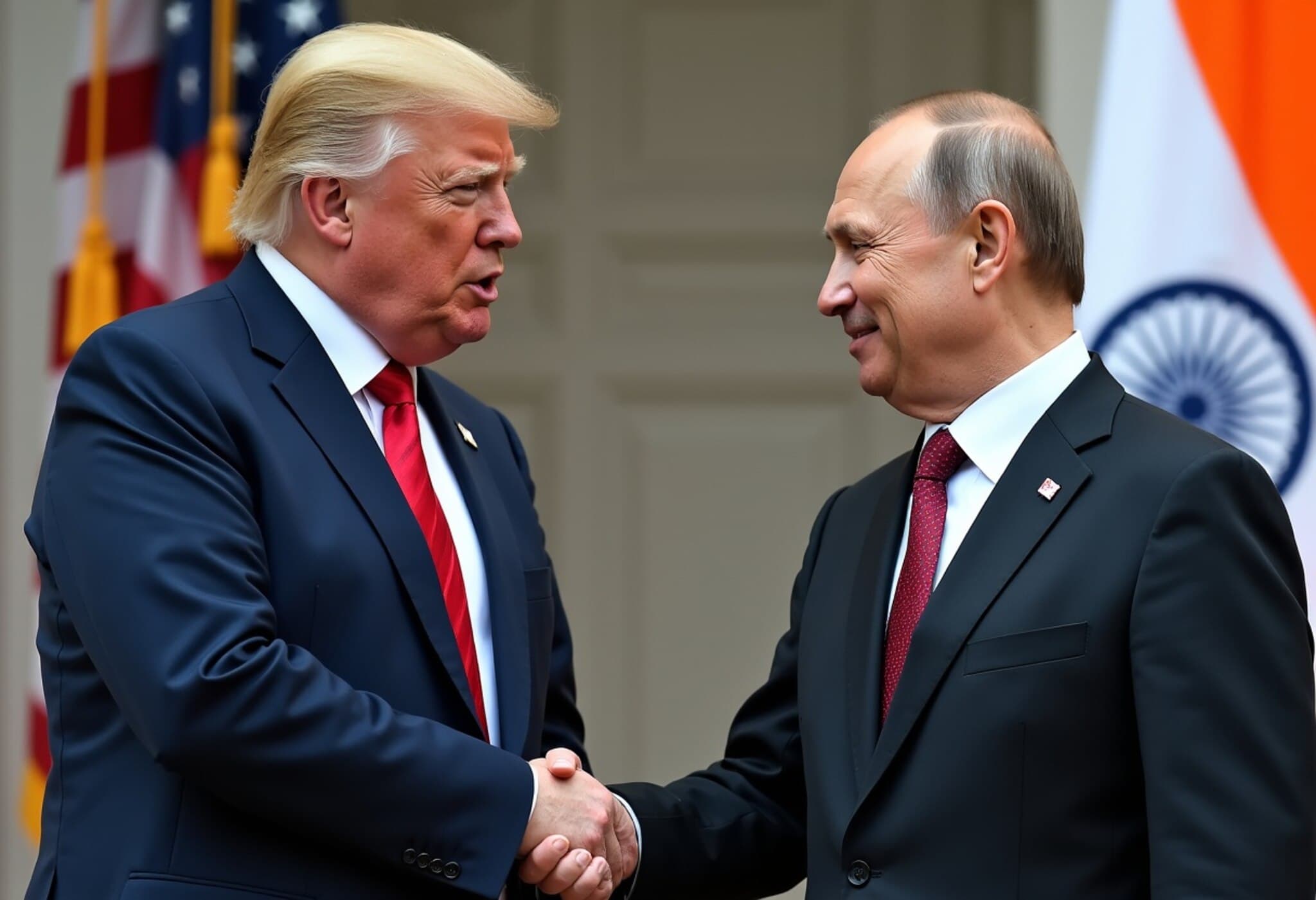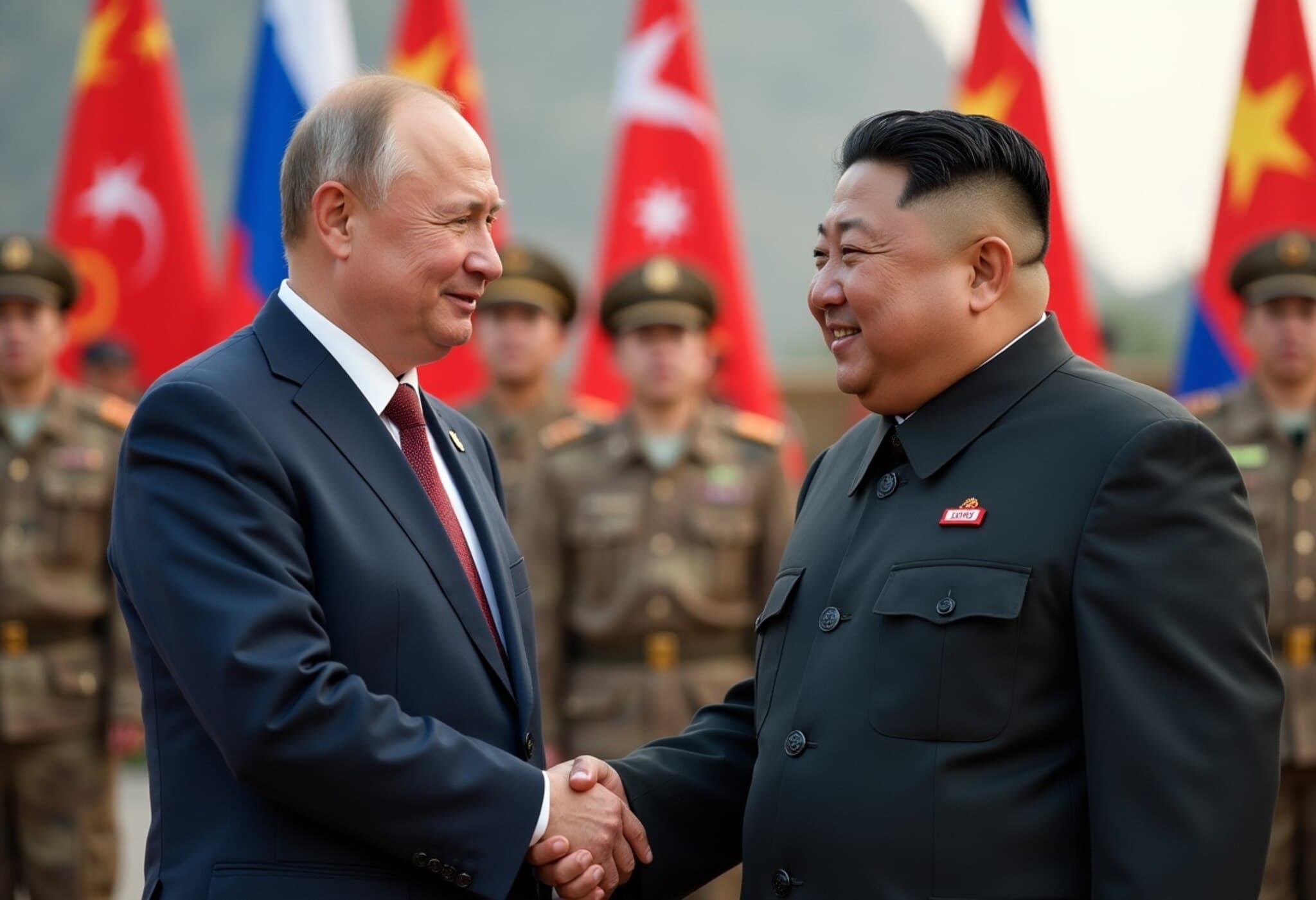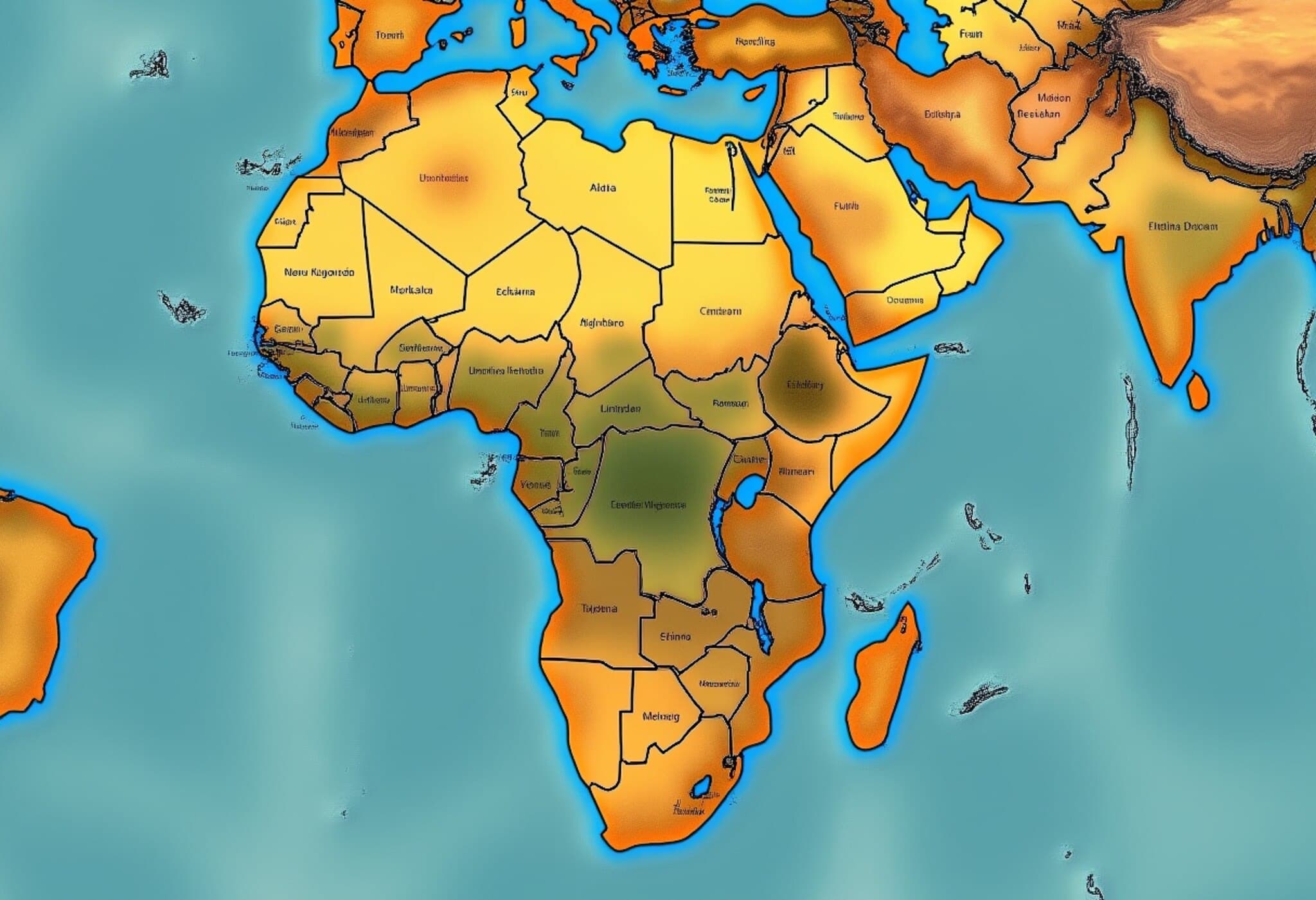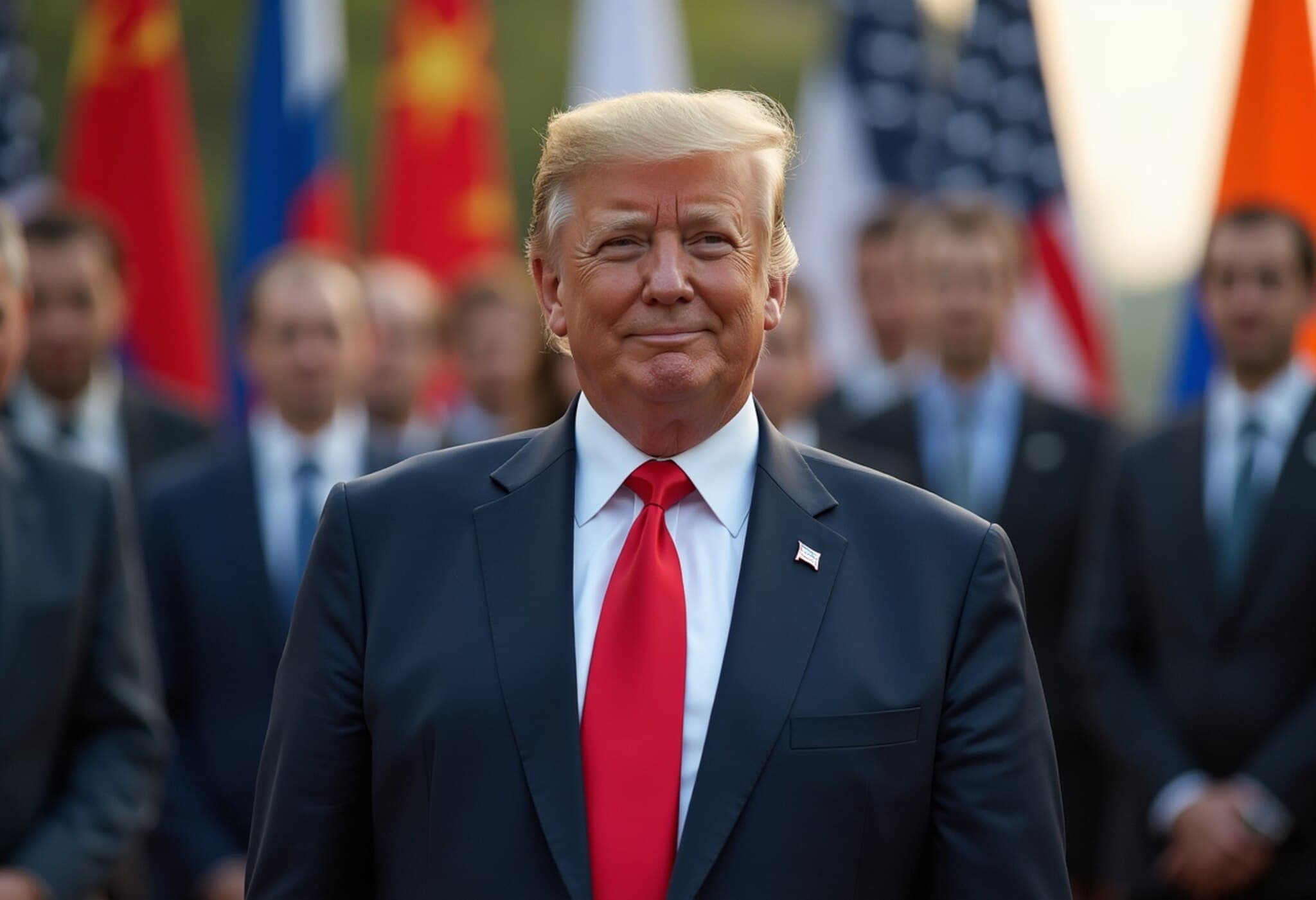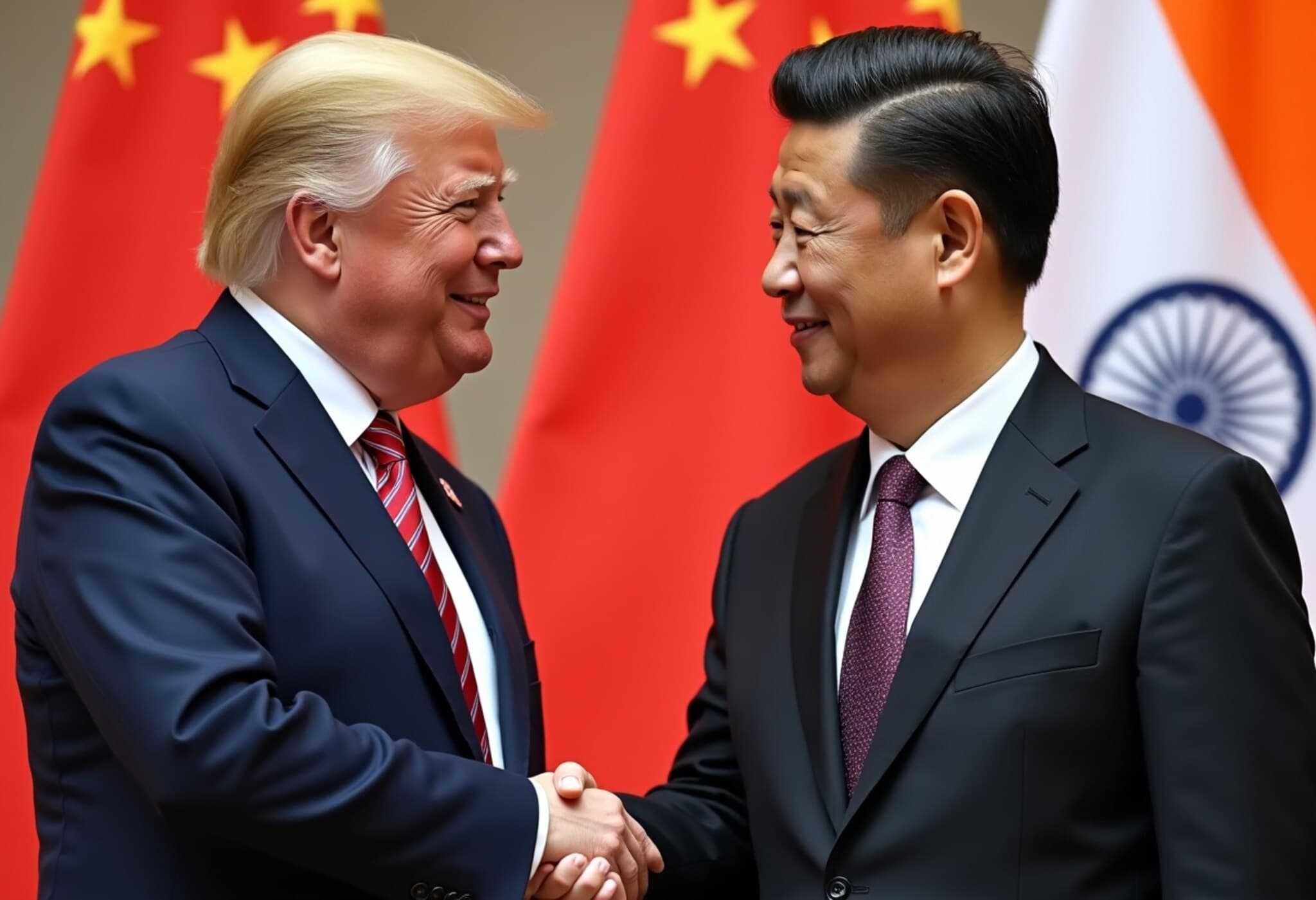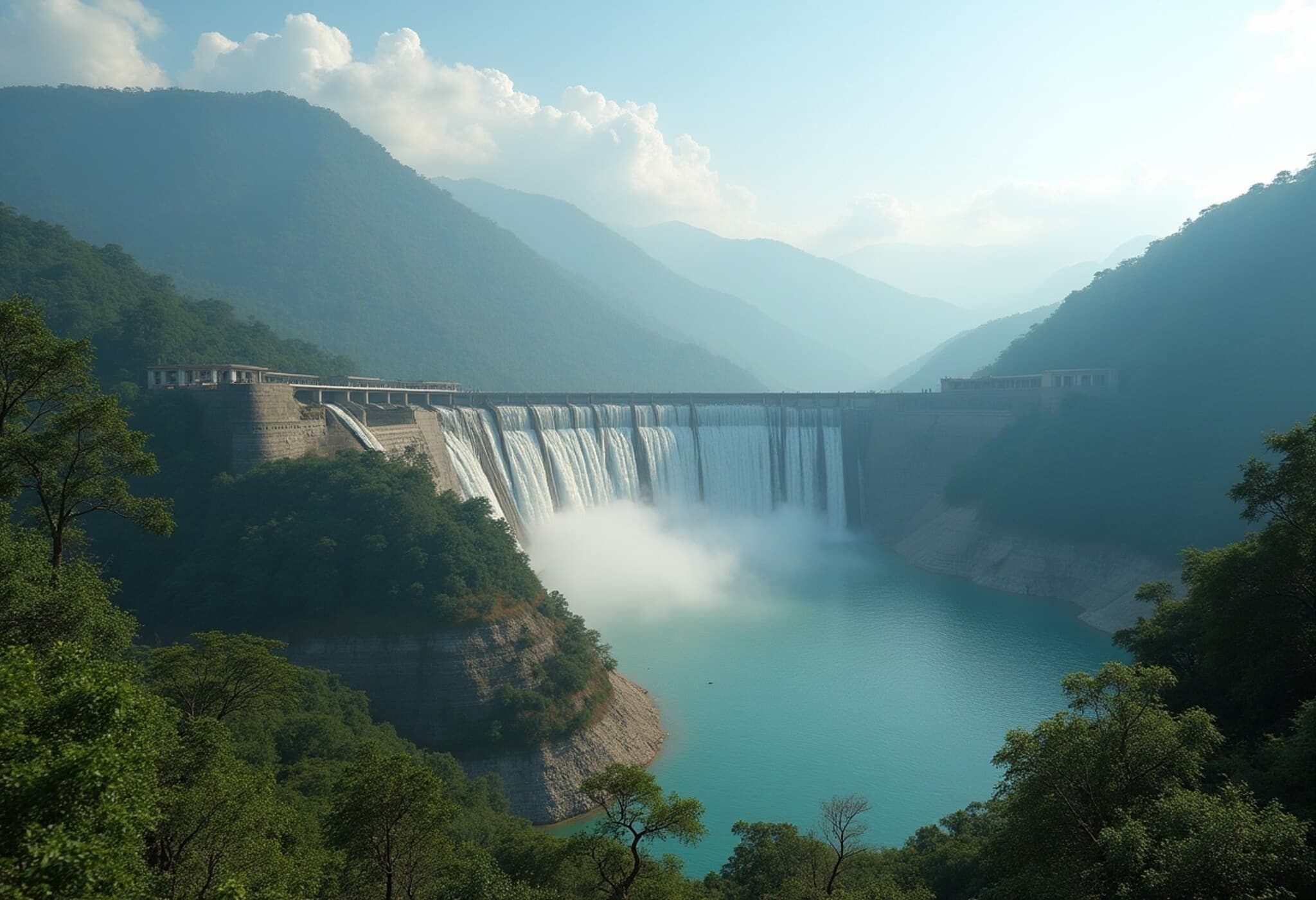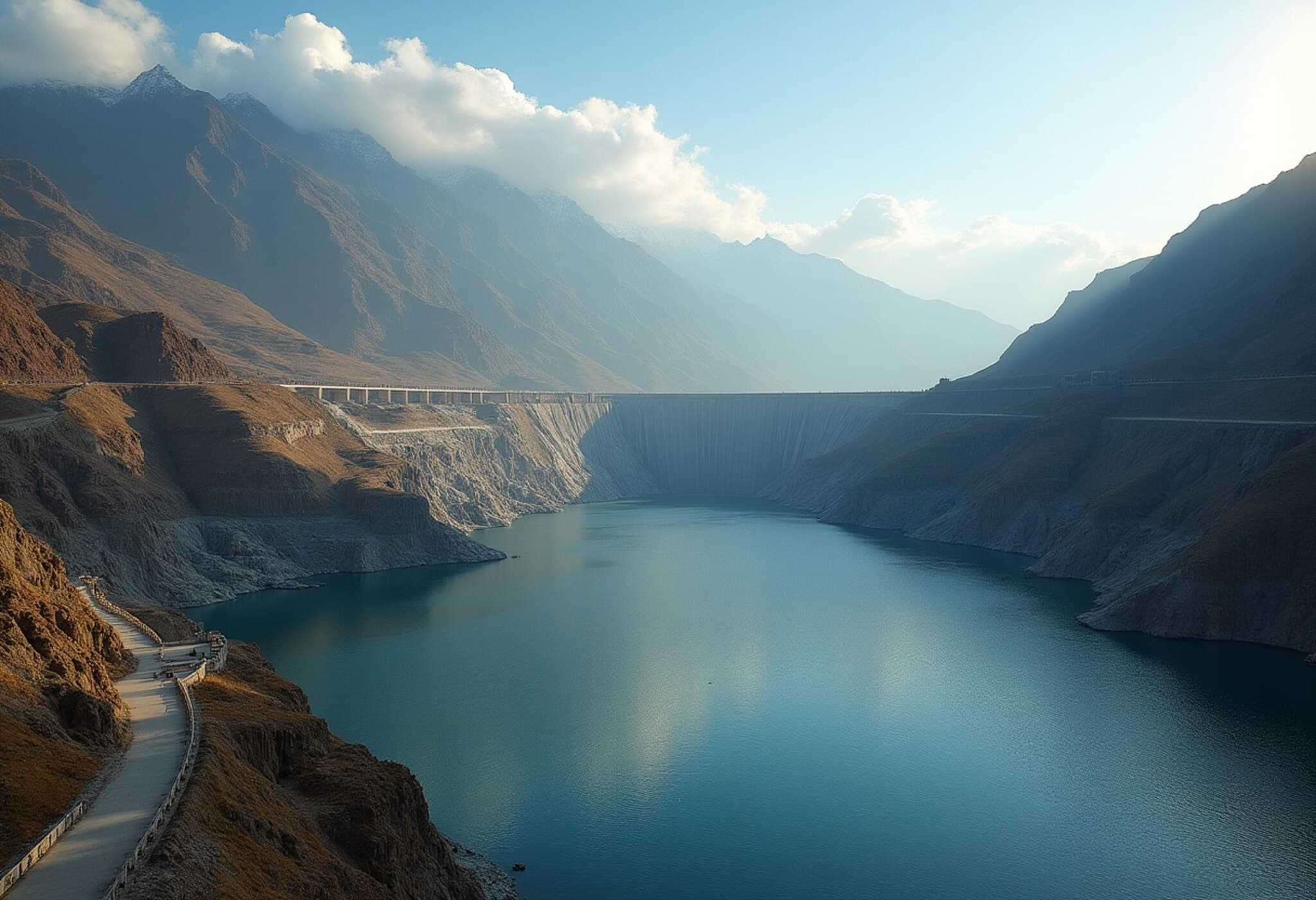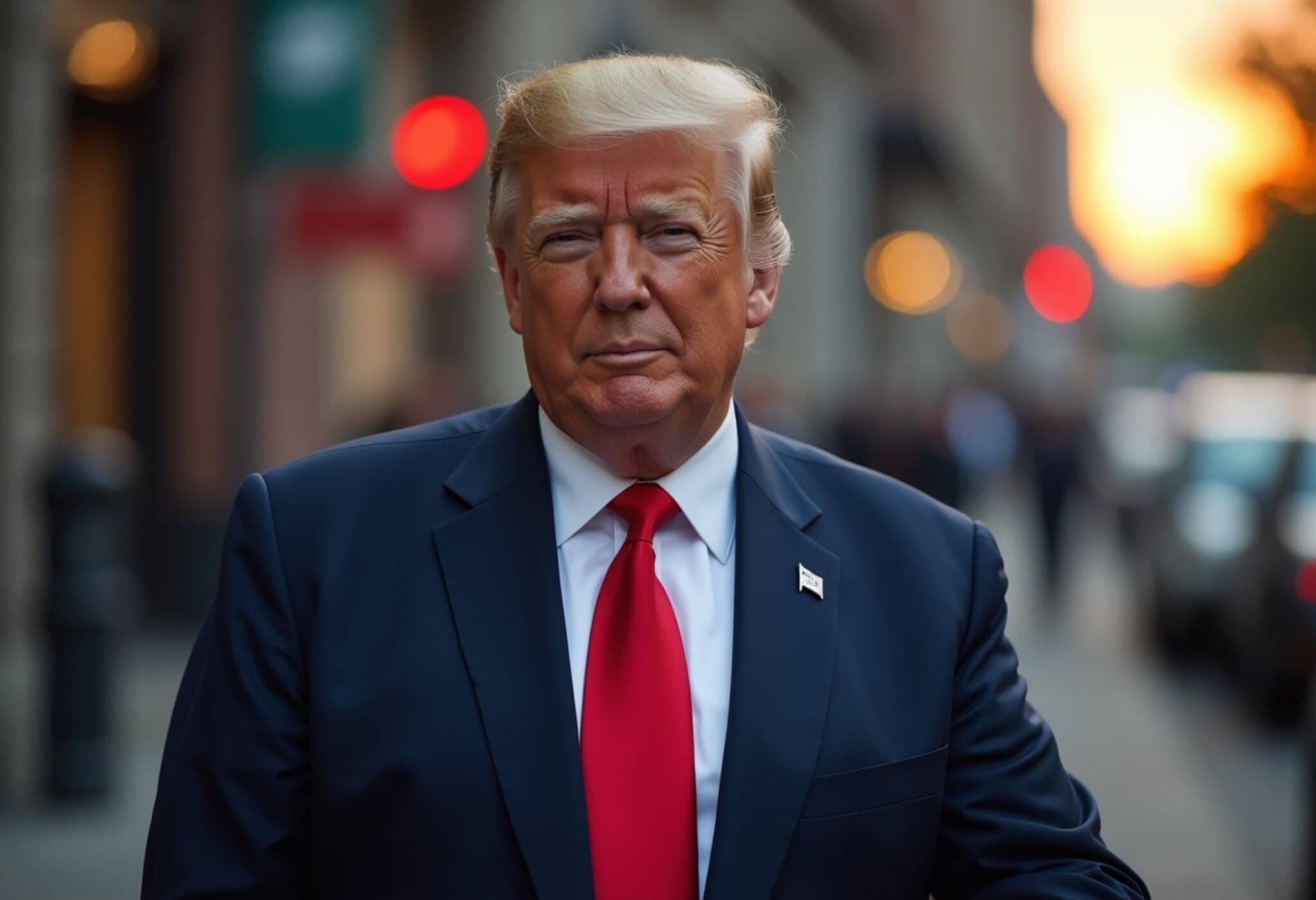Arunachal Pradesh Chief Minister Highlights Border Realities and Environmental Risks
In a revealing interview on July 10, 2025, Arunachal Pradesh Chief Minister Pema Khandu shed light on an often-overlooked geopolitical nuance: Indian states, including Arunachal Pradesh, share a border not directly with China, but with Tibet — a region under Chinese control since 1950. This distinction, though technical, underlines the complexity surrounding the longstanding border issues between the two Asian giants.
“Let me correct you here. We share a border with Tibet and not China,” Khandu emphasized, highlighting the political realities shaped by China’s occupation of Tibet over seven decades ago.
Border Overview and Strategic Context
Explaining Arunachal Pradesh's geography, Khandu detailed:
- Approximately 100 km border shared with Bhutan
- Roughly 1,200 km border with Tibet
- About 550 km border adjoining Myanmar
This delineation stresses how the state is at a geopolitical crossroads with China’s Tibetan region acting as a buffer but also a flashpoint, given China's assertive infrastructure developments.
India and China have grappled with border tensions for decades, occasionally flaring into armed conflicts. Despite ongoing negotiations through the Special Representatives (SRs) mechanism, which aims to resolve territorial disputes diplomatically, uncertainty remains. Recently, China indicated its willingness for further delimitation talks to maintain peace, but on-the-ground realities present a tougher challenge.
Environmental and Security Concerns: The Yarlung Tsangpo Dam
Khandu sounded an urgent alarm over China’s massive dam project on the Brahmaputra River, known in Tibet as the Yarlung Tsangpo. This project, initiated after Chinese Premier Li Keqiang’s 2021 visit, stands as a potential ecological and humanitarian disaster.
He described the dam as a “ticking water bomb,” a metaphor reflecting the looming risk this infrastructure poses. Rather than a traditional military threat, the dam could drastically impact downstream communities and fragile ecosystems, threatening the lifeline of millions in northeastern India.
China’s refusal to commit to international water-sharing treaties compounds fears, leading to questions about unilateral water resource manipulation that could magnify regional instability. Khandu’s concerns are echoed by many environmental experts who warn of the Brahmaputra basin’s vulnerability to upstream damming, which can lead to floods, droughts, and ecological imbalances.
“This is a far greater threat than military posturing,” Khandu stated, underscoring the existential danger to indigenous tribes and local livelihoods reliant on the river’s health.
Broader Implications and Call for Honors
Beyond border and environmental matters, the Chief Minister also praised the Dalai Lama, urging the Indian government to consider awarding him the Bharat Ratna, India’s highest civilian honor. This gesture signals Arunachal Pradesh’s cultural and political identity closely linked with Tibetan Buddhism and its spiritual leader.
The intersection of geopolitical, ecological, and cultural issues in Arunachal Pradesh thus paints a multifaceted challenge, reflecting larger themes of sovereignty, environmental stewardship, and regional diplomacy in South Asia.
Expert Insight: Navigating a Complex Future
From a strategic analyst’s view, the dam project is emblematic of China's broader approach to leveraging natural resources as instruments of geopolitical influence. For the United States and other international actors, sustaining stability in the Brahmaputra basin will require nuanced diplomacy, increased transboundary water governance efforts, and investment in resilient local communities.
Moreover, the “ticking water bomb” metaphor invites reflection on non-traditional security threats—how environmental and resource challenges intertwine with conventional border disputes—calling for expanded frameworks beyond military solutions.
Editor's Note
Chief Minister Pema Khandu’s statements bring critical awareness to the pressing but underreported water security challenges at the Sino-Indian frontier. As China advances its infrastructure projects in Tibet, their downstream consequences compel urgent international dialogue on sustainable river management. Additionally, clarifying border terminology between Tibet and China reframes diplomatic conversations, shining light on the region’s complex history. Readers should consider the multi-layered risks that transcend simple military narratives, recognizing water as a pivotal factor in regional peace and security.


